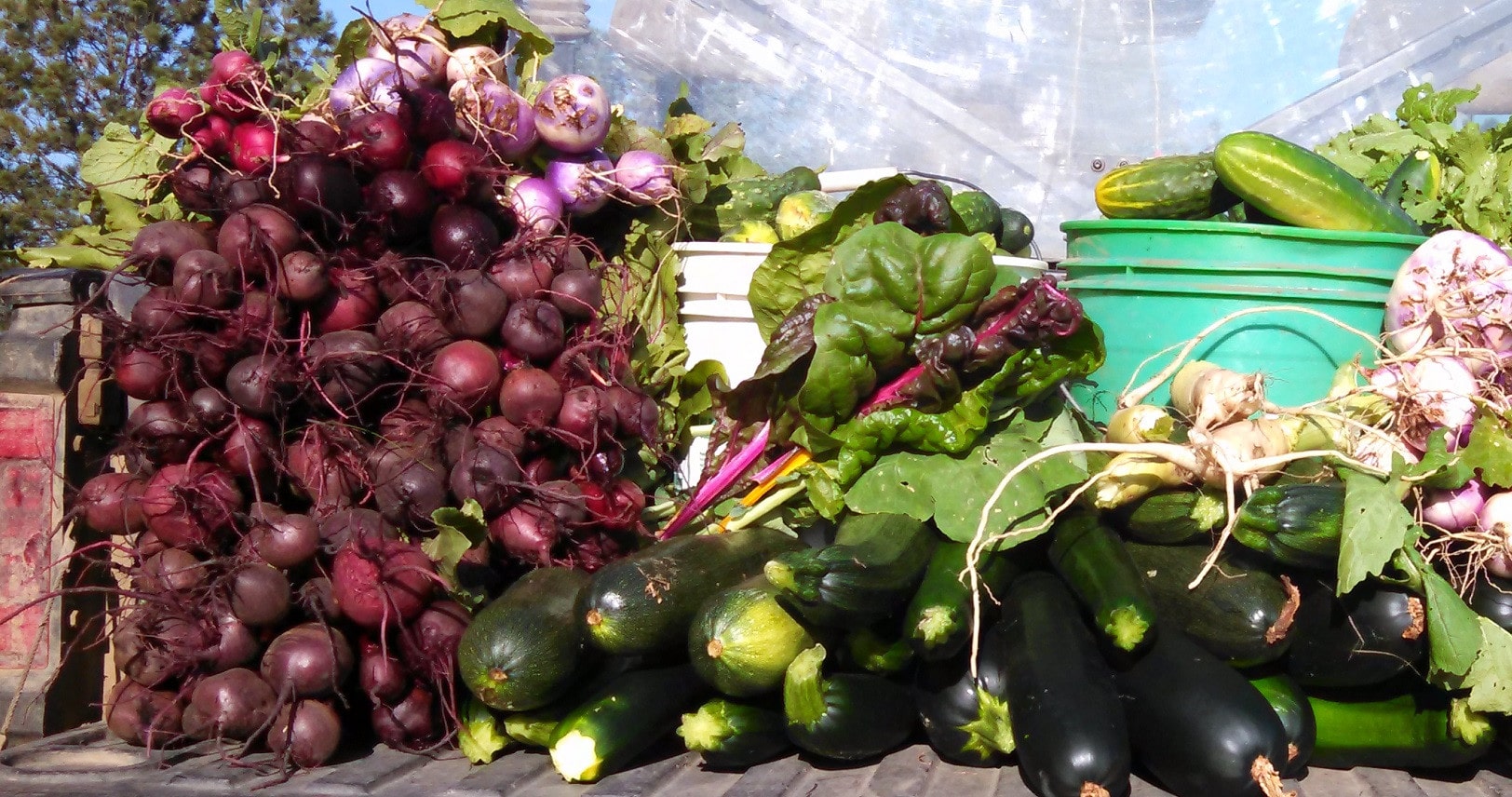By Gabe Brown and Shane New
A trip to the local grocery store today turns up many empty shelves—a sight that most Americans have not seen before. This is just one of a myriad of ramifications of the coronavirus outbreak. Without a doubt, this will affect us for months to come.
But we feel this puts a spotlight on a larger problem: the fragility of our food system.
Contributing to this fragility is the fact that the average American shops for food every fourth day and it is estimated that the average meal travels over 1,500 miles to get from farm to plate. How can anyone think that this is not a fragile system? We, the American consumer, are to blame for this.
We, through our buying dollars, have dictated that this is the system we want. By purchasing food that is grown elsewhere, that does not support our local farm and ranch families, we set the system up for the empty shelves we are seeing today. Americans are in a panic because they are not confident in their food supply.
Not only are they not confident in the supply, but that food supply is also failing their health. The nutrient density of the food produced in the industrialized, commoditized model has decreased in nutrient density anywhere from 15-65 percent in the last 50 years. A person today would have to eat twice as much meat, three times as much fruit and four times as many vegetables to get the same nutrients and minerals, as compared to the same food in 1940.
So, how do we change this? How do we restore not only consumer confidence, but do so in a way that will improve their health and bolster their immune systems necessary to ward off infectious viruses and other diseases?
The answer lies in our local ecosystems.
By using the six principles of soil health and the three rules of adaptive stewardship, we can heal our local ecosystems to where we can produce an abundant supply of nutrient-dense food.
In 2019, Understanding Ag., under the leadership of Ray Archuleta, tested nutrient density on more than 20 farms and ranches throughout the US. Ray compared grains, vegetables and fruit grown on farms and ranches using regenerative practices to those using “modern” practices and those using tillage. The same varieties were grown on neighboring farms of similar soil types.

The samples were tested for an array of bionutrient molecules. The results were impressive and showed significant differences. The food grown on regenerative farms had a greater profile of biochemical complexity. These are the compounds that are critical for human health.
The results from this study will be released at the conclusion of the project later this year. This data, along with other work, such as that being done by the Real Food Project, show us that the quality of the food we eat is directly related to the health of the soil it is being grown in/on.
How do we instill confidence in a system that is 1,500 miles away? The answer is, of course, you don’t. The solution, instead, is to identify local farmers and ranchers who are applying the principles and rules of soil health. Go to their farms, see for yourself. Is the farm alive? Can you smell the flowers? Do you see a diverse abundance of plants and animals? Can you hear the buzz of honeybees and other insects?
What are they growing? Is it only one or two crops or is it a cornucopia of plenty? Most importantly, find out if they are feeding their own family what they grow.
A crisis often becomes a wake-up call. The current coronavirus outbreak is that wake-up call and must result in a serious re-examination of our food system, including asking and answering the following questions…
Do you know where your food comes from? Do you know who grows your food? What practices do they use? Do they focus on healthy soil? Is not your health and the health of your children worth knowing?

